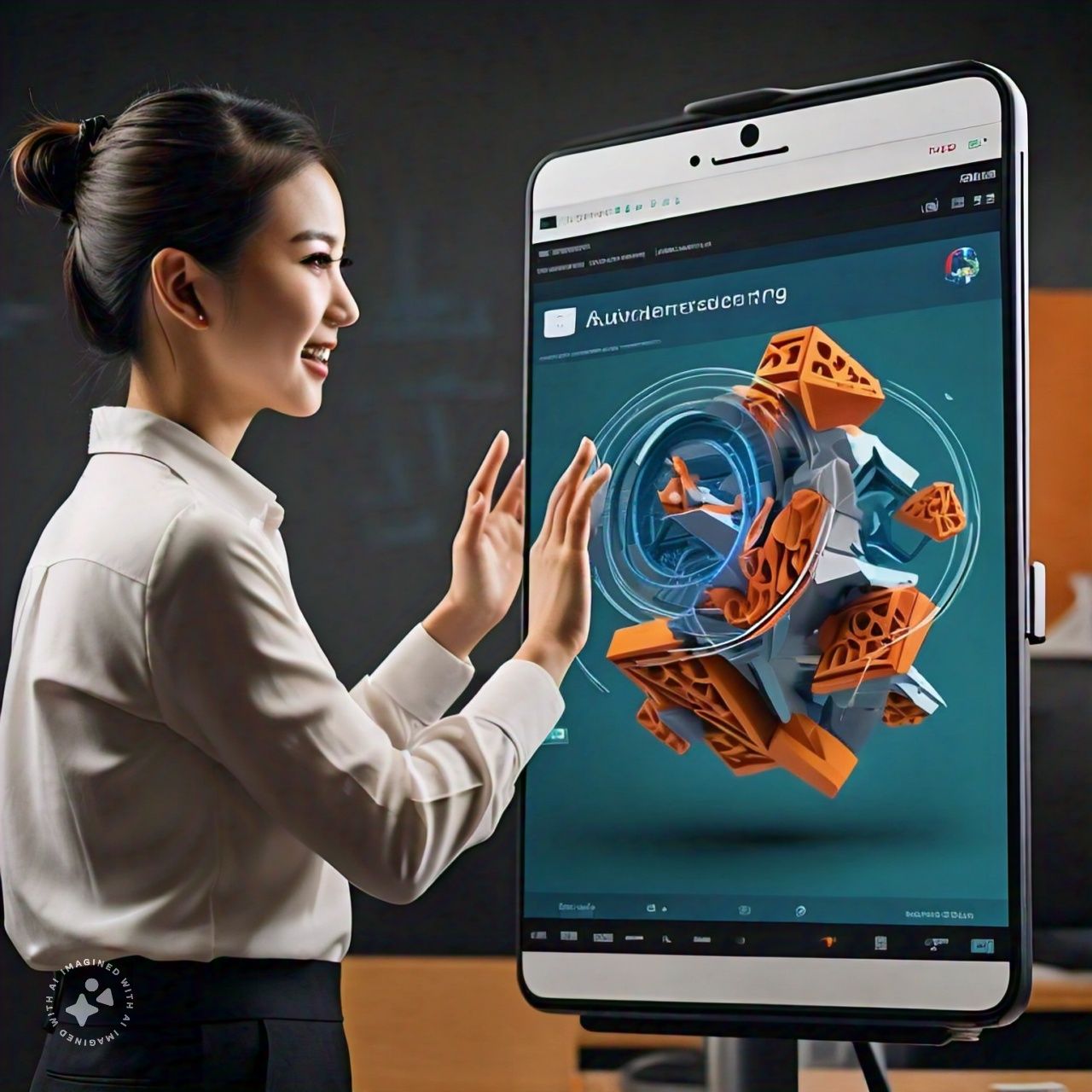
In today’s fast-paced digital world, brands are always looking for innovative ways to engage their customers. One of the most exciting developments in this area is Augmented Reality (AR). AR technology overlays digital information onto the real world, creating immersive and interactive experiences. Let’s dive into how AR campaigns are changing the marketing landscape and how your brand can leverage this technology to connect with your audience in a memorable way.
What is Augmented Reality (AR)?
Augmented Reality is a technology that enhances the real world by adding digital elements to it. These elements can be anything from images, videos, and sounds to 3D models. Unlike Virtual Reality (VR), which creates a completely virtual environment, AR integrates digital content with the physical world, providing an enhanced viewing experience.
Why AR Campaigns are Effective
- Engagement: AR campaigns are highly interactive, making them more engaging than traditional marketing methods. When customers can interact with a product or brand in a new and exciting way, they are more likely to remember the experience.
- Personalization: AR allows for personalized experiences. For instance, a customer can see how a piece of furniture looks in their living room or try on virtual clothes before buying them. This personalization helps in making informed purchasing decisions and increases customer satisfaction.
- Memorability: Experiences created with AR are often more memorable than static ads or simple videos. The novelty and immersive nature of AR make it stand out, leading to higher recall rates among customers.
- Shareability: AR experiences are easily shareable on social media. When customers share their AR interactions, it increases your brand’s visibility and can lead to viral marketing.
Examples of Successful AR Campaigns
- IKEA Place App: IKEA’s AR app allows customers to place virtual furniture in their homes to see how it fits and looks before purchasing. This practical application of AR helps customers make better buying decisions and reduces return rates.
- Pepsi Max’s Bus Shelter: Pepsi Max created an AR experience at a bus shelter in London, where unsuspecting commuters saw extraordinary scenes like a tiger walking down the street or a spaceship landing. This unexpected and fun campaign created a lot of buzz and was widely shared on social media.
- Pokemon GO: While not a traditional marketing campaign, the success of Pokemon GO demonstrates the massive potential of AR. The game encouraged players to explore the real world to catch virtual creatures, blending digital and physical experiences seamlessly.
How to Implement an AR Campaign
- Define Your Goals: Start by identifying what you want to achieve with your AR campaign. Is it to increase brand awareness, drive sales, or enhance customer engagement? Clear goals will guide your campaign strategy.
- Choose the Right AR Technology: Depending on your campaign objectives, choose the AR technology that best suits your needs. This could be a mobile app, web-based AR, or social media AR filters.
- Create Engaging Content: Content is king in AR campaigns. Ensure that the digital elements you add are high-quality, relevant, and add value to the user experience. Collaborate with experienced AR developers and designers to create compelling content.
- Test and Optimize: Before launching your campaign, conduct thorough testing to ensure a smooth user experience. Gather feedback from a small group of users and make necessary adjustments.
- Promote Your Campaign: Use various channels to promote your AR campaign, including social media, email marketing, and your website. Encourage users to share their experiences to amplify your campaign’s reach.
The Future of AR in Marketing
As AR technology continues to evolve, its applications in marketing will become even more diverse and impactful. Brands that embrace AR early will have a competitive edge in creating engaging and memorable experiences for their customers.
In conclusion, AR campaigns represent the future of interactive and immersive marketing. By leveraging this technology, brands can create unique experiences that captivate their audience, drive engagement, and foster loyalty. So, why wait? Start exploring the possibilities of AR and take your marketing efforts to the next level.
4o
Leave a Reply